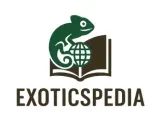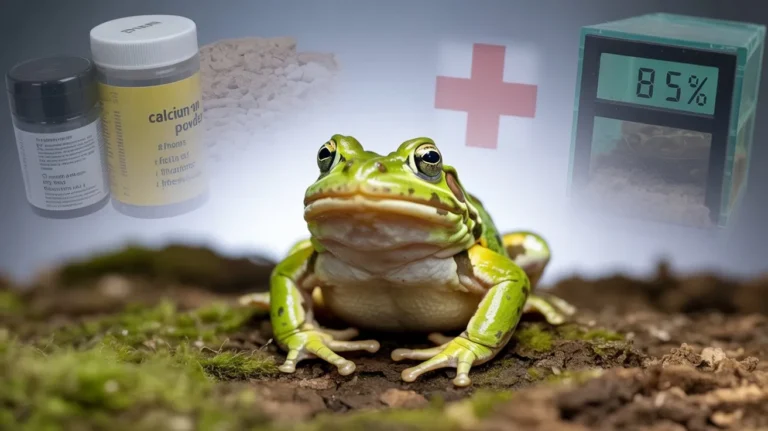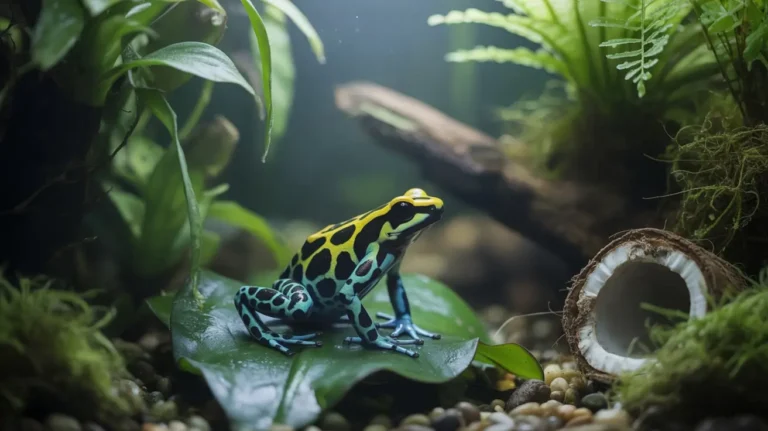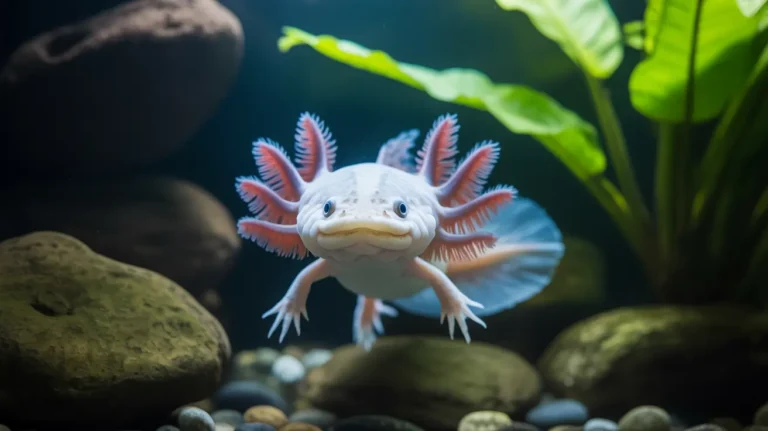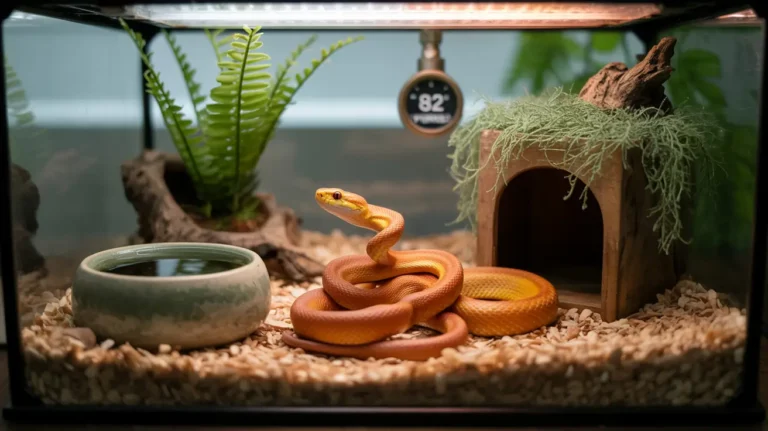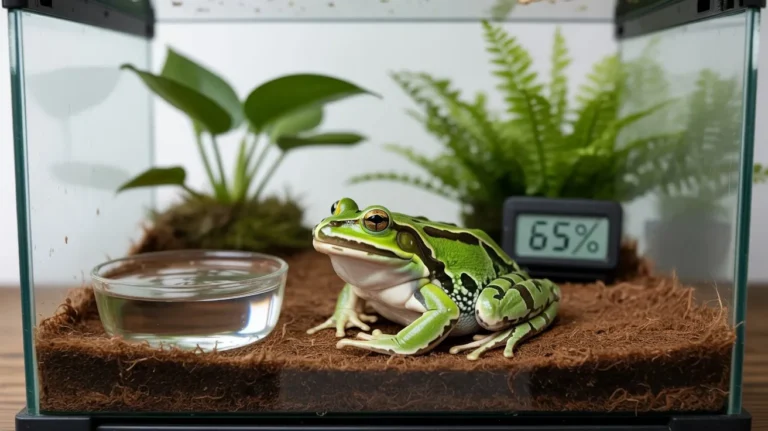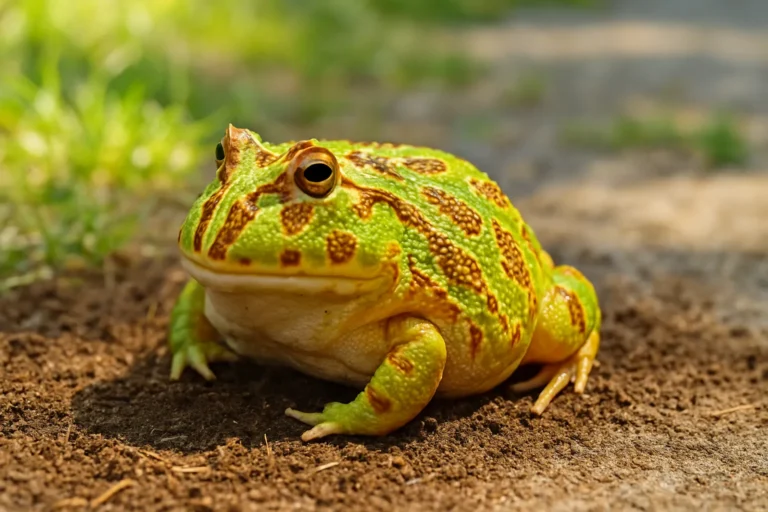Top 10 Best Foods for Pacman Frogs | Nutritious Feeding Guide
Pacman frogs are known for their huge appetites and aggressive feeding behavior. But feeding them the right diet is about more than just keeping them full — it’s essential for their growth, immune health, and overall well-being.
In this guide, based on over a decade of experience in amphibian care, we’ll explore the top 10 foods Pacman frogs love, and explain how to feed them safely and effectively.
1. Crickets (Staple Food)
Crickets are a go-to feeder insect for most Pacman frog owners. They are widely available, inexpensive, and easy to gut-load (feed nutritious food to before offering to your frog).
Nutritional tip: Dust with calcium and vitamin D3 at least twice a week to prevent metabolic bone disease.
2. Earthworms (Nightcrawlers)
Earthworms are highly nutritious and safe for all age groups. They’re rich in protein, easy to digest, and don’t have a hard exoskeleton like insects.
Note: Avoid red wigglers, which release a bitter toxin that some frogs refuse to eat.
3. Dubia Roaches
More nutritious than crickets, Dubia roaches are packed with protein and low in fat. They’re also easier to digest and less likely to escape or hide in the tank.
Bonus: Dubia roaches don’t smell and are easy to breed at home.
4. Hornworms
Bright green and full of moisture, hornworms are a favorite treat. They help hydrate your frog while offering a good amount of protein.
Feeding frequency: Use occasionally — 1 to 2 times per week — as they are low in calcium.
5. Silkworms
Another excellent feeder, silkworms are soft-bodied and rich in calcium and amino acids. They’re great for frogs recovering from illness or underweight.
6. Mealworms (Occasional)
While high in fat and chitin, mealworms can be fed occasionally as a treat to adult frogs. They should be avoided for juveniles due to potential impaction risk.
Tip: Always feed in moderation and never as a primary diet.
7. Waxworms (High-Fat Treat)
Waxworms are like candy for Pacman frogs — very tasty but high in fat. Use them sparingly to avoid obesity.
Best for: Stimulating appetite or as a high-energy treat.
8. Feeder Fish (Occasionally)
Some owners feed small live fish like guppies or goldfish to their adult frogs. While they may enjoy the chase, this method carries a risk of parasites and should be done with caution.
Important: Quarantine and gut-load feeder fish before use.
9. Pinkie Mice (For Adults Only)
Pinkie mice are high in protein and fat, making them suitable for large adult frogs, especially females preparing for breeding. However, overuse can cause liver issues.
Feeding rule: Once or twice per month at most.
10. Reptile/Amphibian Pellets (Supplemental)
Specialty Pacman frog pellets are formulated to provide balanced nutrition. These can be used to supplement a varied live diet or when insects aren’t available.
Best brands: Zoo Med Pacman Frog Food, Repashy Meat Pie.
Feeding Schedule by Age
| Age | Frequency | Portion Size |
|---|---|---|
| 0–6 months | Daily | As much as it can eat in 15 mins |
| 6–12 months | Every other day | 2–4 large prey items |
| Adults (1+ yr) | 2–3 times a week | 3–6 large prey items |
Important: Always monitor your frog’s weight and behavior to adjust portions as needed. Obesity is a major concern in captive frogs.
Feeding Tips for Healthy Pacman Frogs
- Gut-load insects for 24–48 hours before feeding.
- Dust with calcium and multivitamin powder weekly.
- Feed with tongs to avoid accidental bites.
- Never leave live insects in the tank overnight — they can bite the frog.
- Always remove uneaten food to prevent mold and bacteria.
FAQs
Final Thoughts
Feeding your Pacman frog the right foods in the right way is key to a long, healthy life. A diverse, gut-loaded diet ensures your frog gets all the nutrients it needs without excess fat or risk of impaction. Whether you’re feeding insects, worms, or occasional mice, always keep safety and balance in mind.
